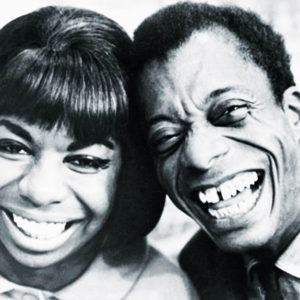Genre moves and stylistic shifts are hard to traverse for many of the most capable artists — you become known for one thing and, usually, one thing only. Such was and was not the case for Bobby Hutcherson, who died earlier this week. He was 75.
Hutcherson was singularly known for his work on the vibraphone, describing an epiphanic draw to the sound at a young age. But more than his signature instrument, Hutcherson should be remembered as a vital and important bridge between the complex harmonics of bebop and the freedoms of post-bop. His playing spanned distances–with resonant overtones and extended passages that pushed the lounge-sounding instrument into new depths of expression.”Bobby’s thorough mastery of harmony and chords combined with his virtuosity and exploratory intuition enabled him to fulfill the function that is traditionally allocated to the piano and also remain a voice in the front line,” Michael Cuscuna wrote in the liner notes to Hutcherson’s 1980 release, Patterns. “He did this to perfection in the bands of Dolphy, McLean, and Archie Shepp. His approach to the vibes was all encompassing; it was pianistic in the sense of melody and harmony and percussive in rhythmic attack and placement.” Stefon Harris recently called him “by far the most harmonically advanced person to ever play the vibraphone.”
While “Little B’s Poem” is probably his most famous composition, Hutcherson’s work on Blue Note and Columbia leaves behind a wide assortment of estimable contributions. Below witness a full performance from a 2007 concert. “Eric Dolphy said music is like the wind,” Hutcherson told the San Francisco Chronicle in 2012. “You don’t know where it came from, and you don’t know where it went. You can’t control it. All you can do is get inside the sphere of it and be swept away.”

 Share On Facebook
Share On Facebook Tweet It
Tweet It




